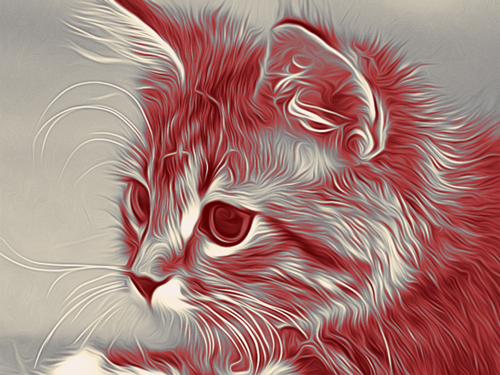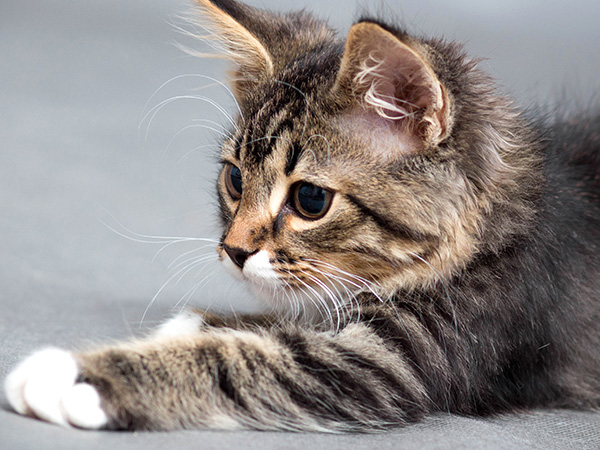

Airbrushing is a painting technique based on the use of a special airbrush tool. Since it’s a touch free technique, it allows an artist to add light strokes, minor details, and blurry edges. The result is impressive and looks great, often reaching photographic quality and incredible realism.
This technique is widely used for adding graphics to cars, motorbikes, and helmets, for decorating mobile phones, computers and home electronics, for creating T-shirt designs or fingernail art. Airbrushing makes it possible to turn any regular item into a work of art. It has already become a new trend in modern art. Airbrush paintings look great and catch the eye with unprecedented clarity and level of detail.
AKVIS AirBrush lets you create stunning airbrush pictures from photographs. In the Painting tab of the Settings Panel you can adjust the parameters for the photo-to-painting conversion.


Effect Parameters:
Detail (0-100) defines the level of detail in a painting. Decreasing the parameter creates the blurring effect.
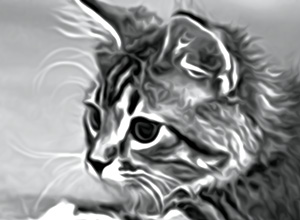
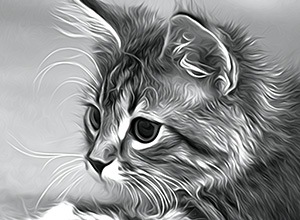
Sharpness (1-50) changes the color contrast between adjacent pixels. The higher the value, the brighter lines and boundaries are.
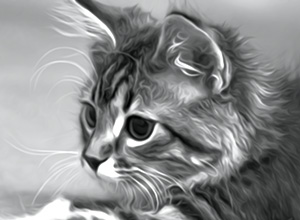
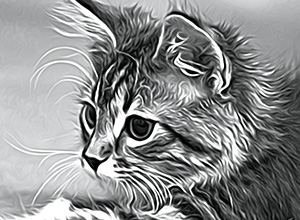
Smudging (30-200) adjusts the intensity of how the paint is smearing. Increasing the value you can change the effect from a photo realistic picture to a simplified drawing.
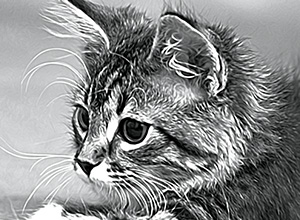
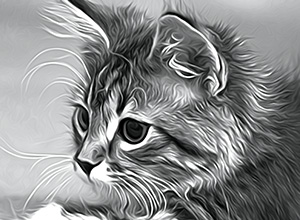
The parameters in the Shading group make areas in a picture darker, as if dark paint was added. Depending on the selected range, the changes will affect only certain colors.
Choose which areas will be processed:
Shadows - the darkest areas of an image;
Midtones - the middle tones of an image;
Highlights - the lightest areas in an image.
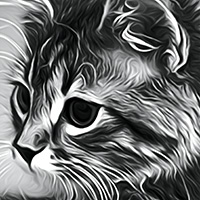
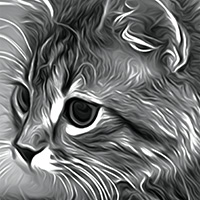
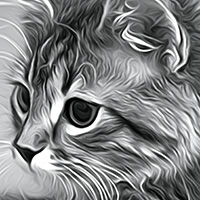
Lightness (-50..100) adds lighter shades of paint to an image.
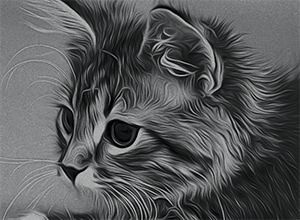
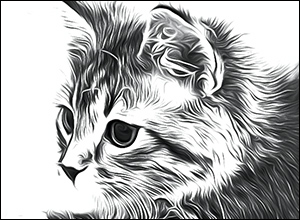
Contrast (-25 to 25) increases (at values greater than 0) or decreases (at values less than 0) the difference between light and dark areas of the image.
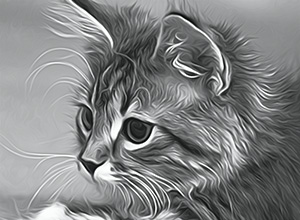
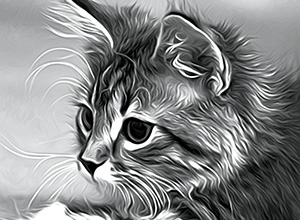
The Spray group imitates the paint dispersion by adding tiny droplets and slanting lines.
Intensity (0-80). The parameter determines the amount of noise. The higher the value, the stronger the spray texture is.
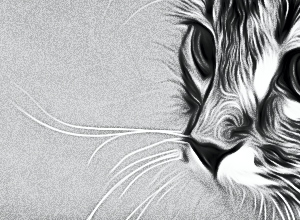
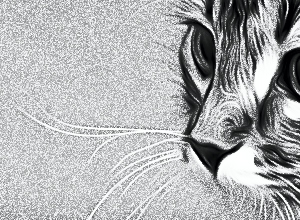
Smoothing (0-100). At lower values the noise appears as tiny dots. At higher values it takes the form of slanting lines.
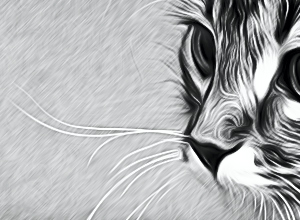
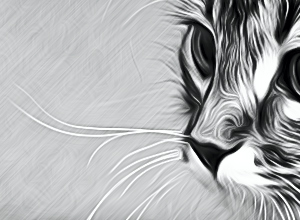
Angle (0-180). The parameter sets the inclination angle of the line, along which the effect will expand to the image (measured in degrees clockwise from the x-axis).
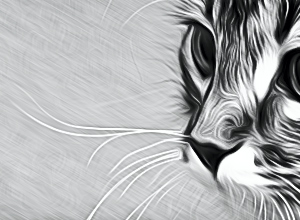
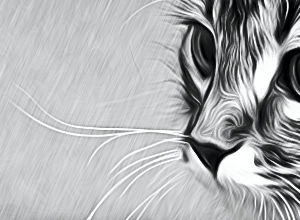
Smart Contrast. The check-box adds shadows and highlights to the image and redistributes the colors so that the image appears more prominent and expressive.
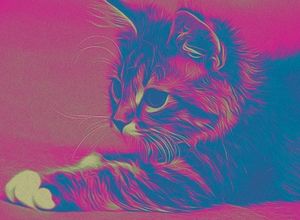
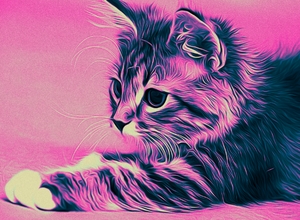
The Colors group lets you adjust colors for the picture.
Note: Original Colors mode and Multicolor mode are available only for Home Deluxe and Business licenses.
There are three color modes:
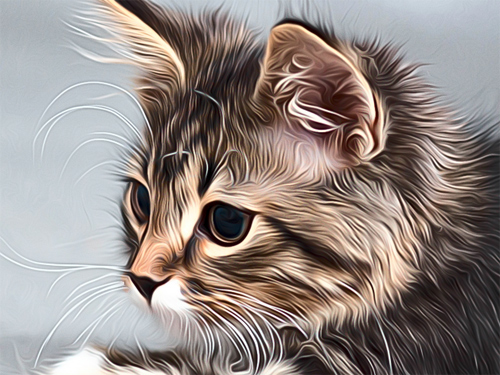
To change the current color, click on the square and select a color from the standard dialog.
Use ![]() to reset colors to default (black and white),
to reset colors to default (black and white), ![]() to reverse the paint and background colors.
to reverse the paint and background colors.
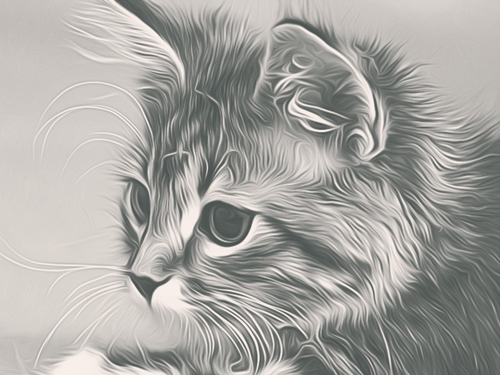
Click on Autofill to automatically fill three middle color cells based on the values of the first and the last cell.
Click on Random to fill the color cells with random colors.
Click on Reset to restore the black and white color range.
